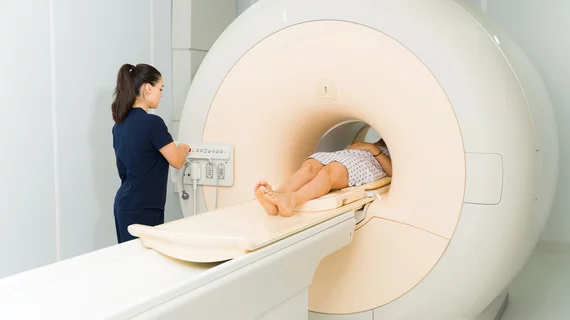Promising data from a variety of ongoing clinical trials has encouraged the American Society for Therapeutic Radiology and Oncology (ASTRO) to publish a consensus statement outlining patient selection criteria and best practices for the use of accelerated partial breast irradiation (APBI). The consensus statement provides guidance to physicians seeking to implement the protocol outside the context of clinical trials The standard of care for breast cancer patients, post-lumpectomy, is whole-breast irradiation (WBI). Typically it takes six to seven weeks, and treats the entire breast along with some underlying ribs, muscles, a crescent of lung, sometimes a bit of heart, and all the skin on the breast. APBI does not treat the entire breast. It focuses on the part of the breast where the tumor was removed. It can be delivered via either brachytherapy or with 3D conformal external radiation beam techniques.




